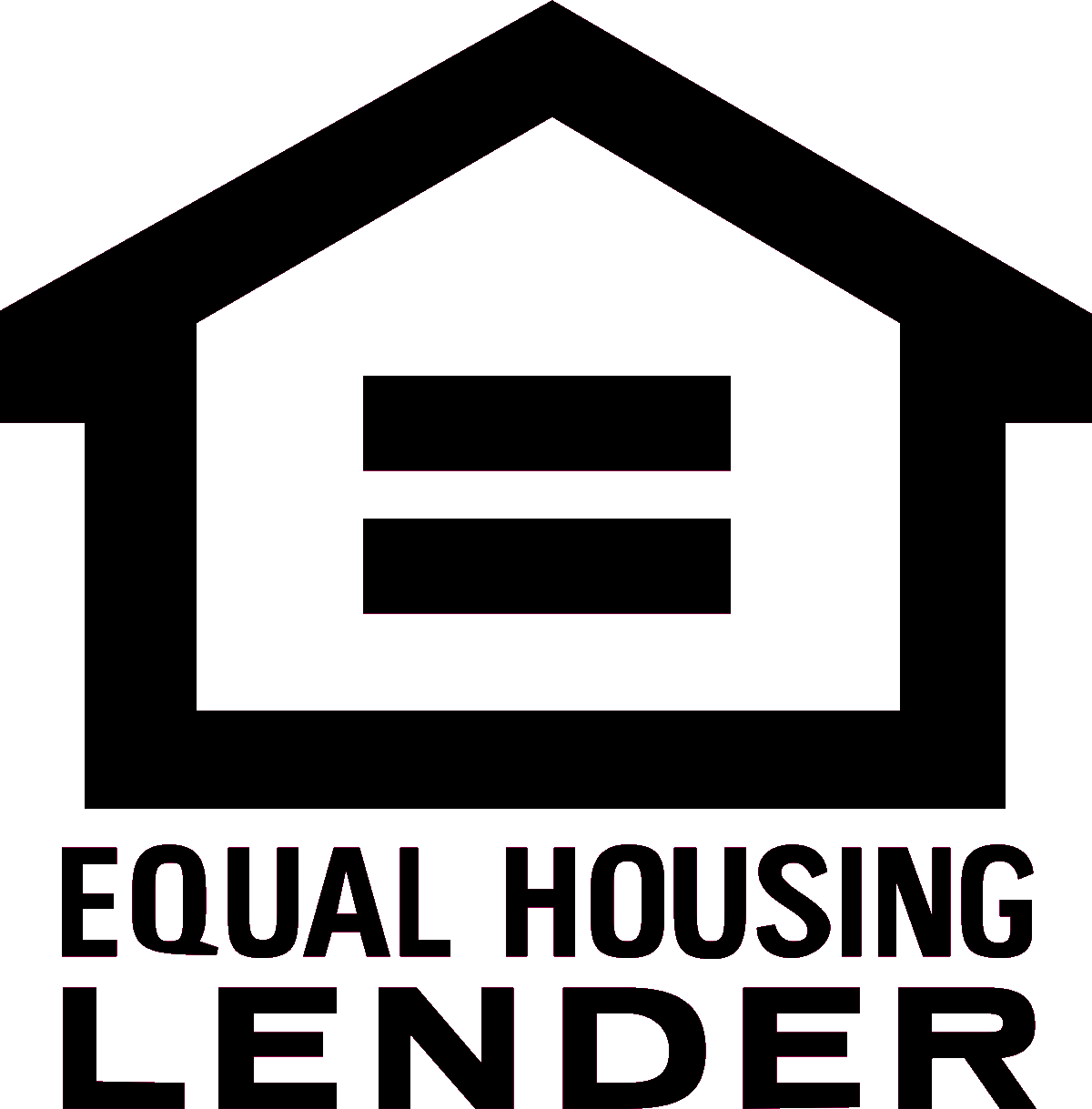Mortgages for Homeowners
Below are some of the many loan options available to refinance your home. Please review this information and give us a call to discuss which option best meets your needs.
Fixed Rate Mortgage
This, the most common type of mortgage program, has two distinct features. First, the interest rate remains fixed for the life of the loan. Second, the payments remain level for the life of the loan and are structured to repay the loan at the end of the loan term. The most common fixed rate loans are 15-year and 30-year mortgages, but other terms are available.
During the early amortization period, a large percentage of the monthly payment is used for paying the interest. As the loan is paid down, more of the monthly payment is applied to principal. A typical 30-year fixed rate mortgage takes over 20 years of level payments to pay half of the principal balance.
The main advantage of fixed rates mortgages is the rate is fixed, so you are protected if rates go up. The disadvantages are they typically have a higher interest rate, and the rate does not drop if rates go down.
Adjustable Rate Mortgage (ARM)
An ARM has the characteristic that its interest rate adjusts periodically based on a specified index. The index moves up or down based on the conditions of the financial markets. If the index moves up, your monthly payment will increase. Likewise, if the index drops, your monthly payment will decrease.
ARM's generally begin with an interest rate that is 2 to 3 percent below the comparable fixed rate mortgage. This start rate usually is fixed for a period of time ranging from 1 month to as long as 10 years. As a rule, the lower the start rate the shorter the time before the loan makes its first adjustment.
An advantage of ARM's is that the lower interest rate may allow you to buy a more expensive home. An obvious disadvantage is that the interest rate, and thus your mortgage payment, may increase over the life of the loan.
Home Equity Loan
If your home is worth more than your mortgage, then you have equity locked up in your home. Some people in this situation also find themselves saddled with other high interest rate debts. A home equity loan allows you tap that equity to pay off those debts by consolidating them into your mortgage. The desired result is a lower total payment. Mortgage interest rates tend to be lower than interest rates for other debts, and you can spread out the payments over 30 years. As an added benefit, mortgage interest may be deductible on your income tax return while interest on most other debts is not.
The Texas Constitution allows you to tap into your home equity only to the extent that your home value exceeds your mortgage balance by at least 25% and only once every 12 months. This does not apply to second homes nor investment properties.
Owelty Deed
The Texas Constitution limits the amount of equity you can take out of your home with a cash-out refinance to 80% of its value - except in situations of divorce. When one ex-spouse buys out the other from their principal residence, we use an Owelty Deed to partition the property. In this case, the Constitution allows you to take out up to 90% of the value, and the other Texas Home Equity Loan restrictions do not apply.
Home Equity Line of Credit
If you want the flexibility to borrow against your home equity whenever you want, a home equity line of credit may be the solution for you. With a line of credit, you borrow only what you need and you pay interest only on what you borrow. Your maximum loan amount is determined by your available equity. As with a standard home equity loan, the total amount borrowed against your home cannot exceed 80% of the value of your home.
A home equity line of credit gives you flexibility, and the interest you pay may be deductible on your income tax return. However, the interest rate is not fixed, so your payment will change as rates change.
2nd Mortgage
Another way to tap your home equity is using a second mortgage. These loans offer you the ability to get money for home improvement, debt consolidation, or many other reasons without disturbing your first mortgage. A second mortgage can be preferable if you have a low interest first mortgage.
Rehab Loan
When homeowners outgrow their homes, they often think it's time to sell their homes and move on. For homeowners who want to stay in their homes, a rehab loan is an excellent alternative, allowing the homeowner to finance renovations.
A rehab loan is a fixed rate, fully-amortizing loan. The program makes no restrictions on the types of repairs, has no required improvements, and has no minimum amount of repairs. Loan amounts are based on the "as completed" value of the property, and the rehabilitation costs can represent up to 75% of the "as completed" value. You also can finance certain construction-related costs, such as inspection, architectural, and engineering fees. The maximum loan amount is based on the lesser of:
- The payoff balance of any purchase liens on the property plus the cost of rehabilitation, allowable construction-related costs, and closing costs; and
- The "as completed" value of the property.
FHA Streamline Refinance Loan
An FHA Streamline refinance allows a homeowner with an existing FHA loan to refinance into a new FHA loan generally without the need to qualify for the new loan. In addition to the amount needed to pay off the existing FHA loan, the new loan amount may include the up-front mortgage insurance premium for the new loan.
In order to use a streamline refinance, the homeowner must have made at least six payments on the FHA loan being refinanced, and the homeowner must derive a tangible benefit from the refinance, such as a lower housing payment or a shorter loan term.
In addition, an eligible homeowner may refinance any type of mortgage into a standard FHA loan. However, in Texas a homeowner may not use an FHA loan to pull equity out of one's home.
VA Interest Rate Reduction Refinance Loan (IRRRL)
A VA IRRRL is a streamlined way to refinance an existing VA loan to lower a homeowner's housing payment, shorten the loan term, or achieve some other outcome that helps the homeowner. VA does not require an appraisal, and the homeowner generally doesn't need to qualify for the new loan. In addition to the amount needed to pay off the existing VA loan, the new loan amount may include allowable closing costs, the VA funding fee, and up to two discount points.
In addition, an eligible homeowner may refinance any type of mortgage into a standard VA loan. However, in Texas a homeowner may not use a VA loan to pull equity out of one's home.
USDA GRH Streamlined-Assist Loan
A USDA GRH Streamlined-Assist loan is a streamlined way to refinance an existing USDA Guaranteed Rural Housing loan without the need for an appraisal. The program does not require the homeowner to qualify for the new loan, but some lenders do have a minimum credit score. Existing USDA loans are eligible even if the home no longer is in a USDA-designated rural area.
To be eligible for the program, the refinance must lower the homeowner's housing payment by at least $50. In addition, the homeowner must have made at least 12 months of payments on the existing USDA loan and must have made the most recent 12 months on time.
Even though the homeowner doesn't have to qualify for the new loan, USDA still requires that the household income not exceed USDA limits, which generally are 115% of the median county income adjusted to family size.
In addition to the amount needed to pay off the existing USDA loan, the new loan amount may include customary closing costs and the USDA Guarantee Fee for the new loan.








 More Information
More Information